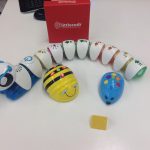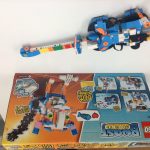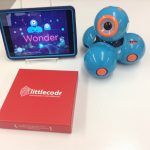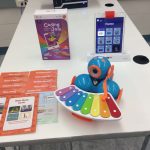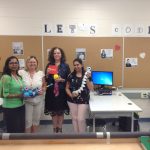This project provided us with time and support as we worked together to interact with the new materials to discover links with important aspects of the newly established Makerspace in our school. By working together, we discovered best practices to integrate inquiry with STEAM in the Makerspace, specifically using technology to promote coding for students, kindergarten to Grade 8. We had an opportunity to become more confident with the technology and its application by evaluating coding apps, purchasing and planning with technology, and reading and discussing information in professional books. We established effective lesson plans that integrate the strands and illustrate specific links to curricula, as well as promoting inquiry and creativity in our students. This project enabled to us to share and use our collective strengths and expertise.
Team Members
Mary Bryson
Peel District School Board
Karen Blicharski
Peel District School Board
Kamal Sahny
Peel District School Board
Neera Thubeeshan
Peel District School Board
Team Photo
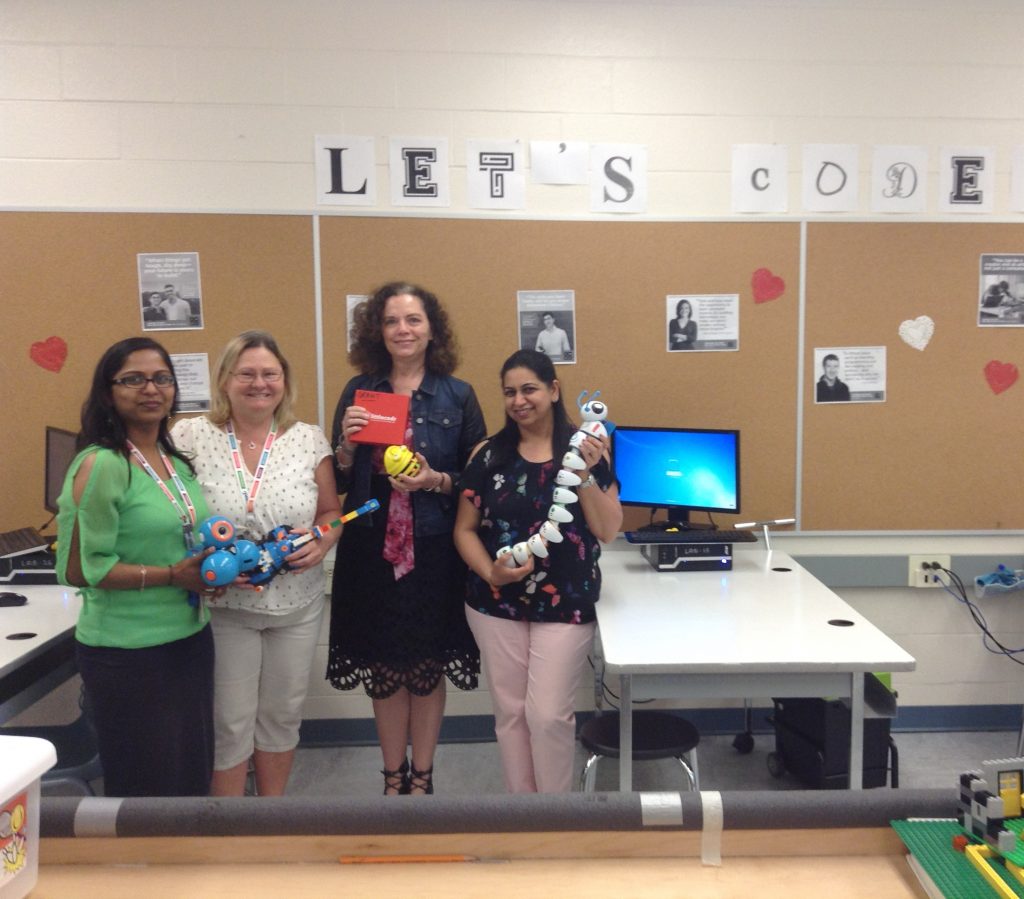
Professional Learning Goals
- Discovered and promoted links with the Makerspace (coding) to different Ontario curricula and to PDSB Modern Learners’ initiative
- Provided leadership at our school with 21st Century Learning
- Through collaboration and tapping into our individual strengths, we grew in our knowledge and expertise
- Had time to use and understand the materials before teaching with them, so they will be used in a very purposeful way
- Shared our learning with others to promote best practices at the Makerspace
- Worked as a team to prepare lessons, teach, and evaluate our practices
- Used websites and technology to plan and use technology to share our learning
Activities and Resources
Kindergarten
- Using Littlecodr Cards, Bee-bots, the Code-a-Pillar and the robot mouse, students explored the devices, made pathways, and created code to follow their paths
- Teacher and students recorded the codes/algorithms
Grade 3
- Using Dash and iPads, students worked in teams of three with trained student leaders to explore simple codes and algorithms using the Wonder app
Grade 4
- Using Lego Boost, a group of students constructed a guitar following the instructions of the Boost app and the class created codes to explore the properties of sound
- Using Osmo Coding Jam with the app, students coded and created various sound technologies
- Using Dash and the Xylo app, students explored basic properties of sound and how it can be modified
- Using Scratch and Chromebooks, students explored and created simple codes to meet challenges that addressed the properties of sound
Unexpected Challenges
- One piece of technology would not update which led to unforeseen challenges as students could not progress as expected in the task. We spent a lot of our time trying to solve the issue which was never resolved and we felt that we did not have the technical knowledge to solve it.
- We lost a day for instruction for the Grade 4 class due to the ice storm school closure day
- Unexpected expenses, such as batteries, for certain devices
- One challenge was getting the apps loaded onto the school devices in a timely fashion
- One app was unable to be loaded onto school devices because of lack of space required (Lego Boost)
- Time needed to set up activities and ensure all devices were charged and ready to go
Enhancing Student Learning and Development
This project promoted:
- Inquiry and the use of technology for 21st Century Learning
- Curiosity and a growth mindset
- Active involvement of learners
- Multiple and varied ways for learners to demonstrate their learning and to make their thinking visible
- Equitable access to technology in order to explore possibilities and form new connections
- A dynamic learning environment (responsive, flexible, adaptable)
- Student-centred learning through inquiry, design thinking and blended learning to make curriculum meaningful and authentic
- Building of competencies with coding skills as well as promoting attitudes for future 21st Century Learning (risk-taking, analysis, inquiry, creativity, team work, collaboration)
Sharing
Target audience: Teachers
- Shared at grade level team meetings
- Teacher-librarian shares when planning and co-teaching with other staff (grades 1 to 8) in the Makerspace
- Through Twitter and social media
- Through informal discussions
- Sharing of materials purchased with other staff (i.e., Littlecodr Cards, Code-a-Pillar, etc.)
- Through work with the Enhancing Modern Learning team and meetings
- Teachers were invited into the Makerspace throughout the day when students were working, to see our inquiries and discoveries
Target audience: Administrative Team
- Through our annual learning plans
- Through informal discussions and updates
- Through Empowering Modern Learning team meetings
- Through social media
- Administrative team were invited into the Makerspace to see our activities
Target audience: Parents and Community
- Through social media
- Through Google Classrooms
- Through bulletin boards and during Education Week activities
Project Evaluation
- We learned how to use the technology that is presently in the Makerspace in a purposeful way
- We articulated and planned curriculum links with student activities in the Makerspace
- While we hoped that students would be involved in an active inquiry while in the Makerspace, we needed to set up a guided inquiry initially to acquaint students with the technology and coding and we moved to a gradual release of teacher-direction and more independent student exploration
- Coding was an important part of the Makerspace program, kindergarten to Grade 8
- Lesson plans were developed, tested with students, and shared with staff
- Release time was very well organized. It provided us time to reflect on the effectiveness of what we are doing and the success of student learning, to interact with the technologies prior to introducing them to students, and to anticipate potential challenges, as well as time to co-plan upcoming lessons.
Resources Used
Professional Book:
LAUNCH: Using Design Thinking to Boost Creativity and Bring Out the Maker in Every Student
John Spencer, A. Juliani. Dave Burgess Consulting, Inc. – 2016.
Ontario Ministry curricula: Science, Math, Arts, Language Arts
Ontario Ministry website: EduGAINS
Resources Created
These resources will open in your browser in a new tab, or be downloaded to your computer.


